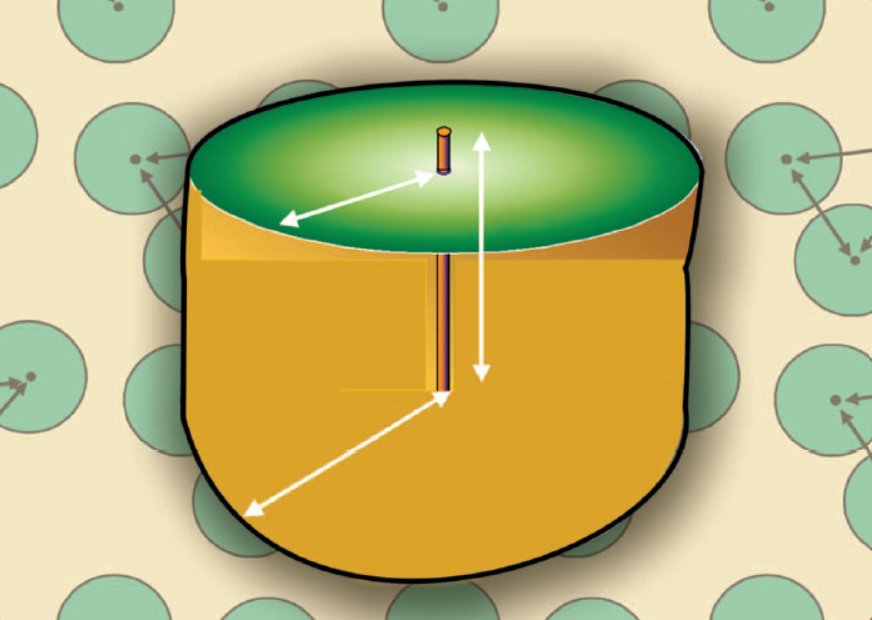When Thomas Alva Edison started his electric illuminating company and began the electrical distribution system, he used only one insulated (from earth) conductor and the earth for the return conductor. This uncontrolled flow of electric current over the earth resulted in shocking horses and his employees as they dug alongside the underground distribution systems. Traction employees working on the tracks received electric shocks, especially when separating the track joints.
This prompted Edison to devise the three-wire distribution system, similar to what we use today in our homes. However, Edison insulated all three conductors. This allowed Edison to know exactly where all the current was at all times.
Likewise, when the Underground Railway was being developed in London, they also elected to eliminate any stray current by using a four-rail track system, two rails for supporting and guiding the coaches, one supply rail and the return conductor rail. The latter two rails were insulated from earth.
Major debate raged over whether an electrical system should be connected to earth-ground. Like Edison’s electrical systems, which originally were not connected to earth, the ungrounded electrical system flourished until approximately 1913. In 1913, the NEC made mandatory the connection to earth of any electrical system of 150 V or less as measured to earth. However, when more than one connection to earth exists on the same electrical system, current can flow uncontrolled over the earth, metallic piping, equipment, and through the earth, causing problems with personnel safety, electrical equipment, etc., [1], [2].
Because of the need for continuous production processes to operate with minimal power interruptions, ungrounded electrical systems were popular mainly in the continuous processing facilities: chemical and petroleum Industries. However, there are many disadvantages with ungrounded systems. These disadvantages were overcome with the advent of the high-resistance grounded electrical system that came into existence in the 1930s and were adopted by industry in the 1950s.
It is the author’s opinion that of the three types of major electrical systems; solidly, high-resistance, and ungrounded, the ungrounded is the least desirable for large electrical systems as it results in damage to components on the system.
Over time, the United States has failed to learn from Edison; today, the utilities use the earth for a partial ground return path permitting the uncontrolled flow of parallel current over not only the earth, but over the adjacent underground metallic piping and other conducting materials. This uncontrolled flow of dangerous and hazardous stray current has shocked humans and has resulted in death of dairy cows and pigs [1].
The NEC also requires that multiple connections to earth of the neutral conductor be made, again permitting stray uncontrolled current to flow over the earth, metallic piping, etc., resulting in electric shocks to persons in swimming pools and showers and potentially other places. It is possible that electrocutions have occurred due to the practice of using the earth either as a parallel path or as a partial neutral return conductor [2], [3].
[1] D.W. Zipse, “The hazardous multigrounded neutral distribution system and dangerous stray currents,” in IEEE Petroleum and Chemical Industry Committee Tech. Conf. Rec., 2003, pp. 23–45.
[2] D.W. Zipse, “Electrical shock hazard due to stray current (The shocking shower),” in IEEE I&CPS Conf Rec., 1999, pp. 1–6.
[3] D.W. Zipse, “Are the National Electrical Code and the National Electrical Safety Code hazardous to your health? (The shocking swimming pool),” in IEEE I&CPS Conf. Rec., 1999, pp. 1–9.
Source:
IEEE INDUSTRY APPLICATIONS MAGAZINE • NOV|DEC 2003
BY DONALD W. ZIPSE
